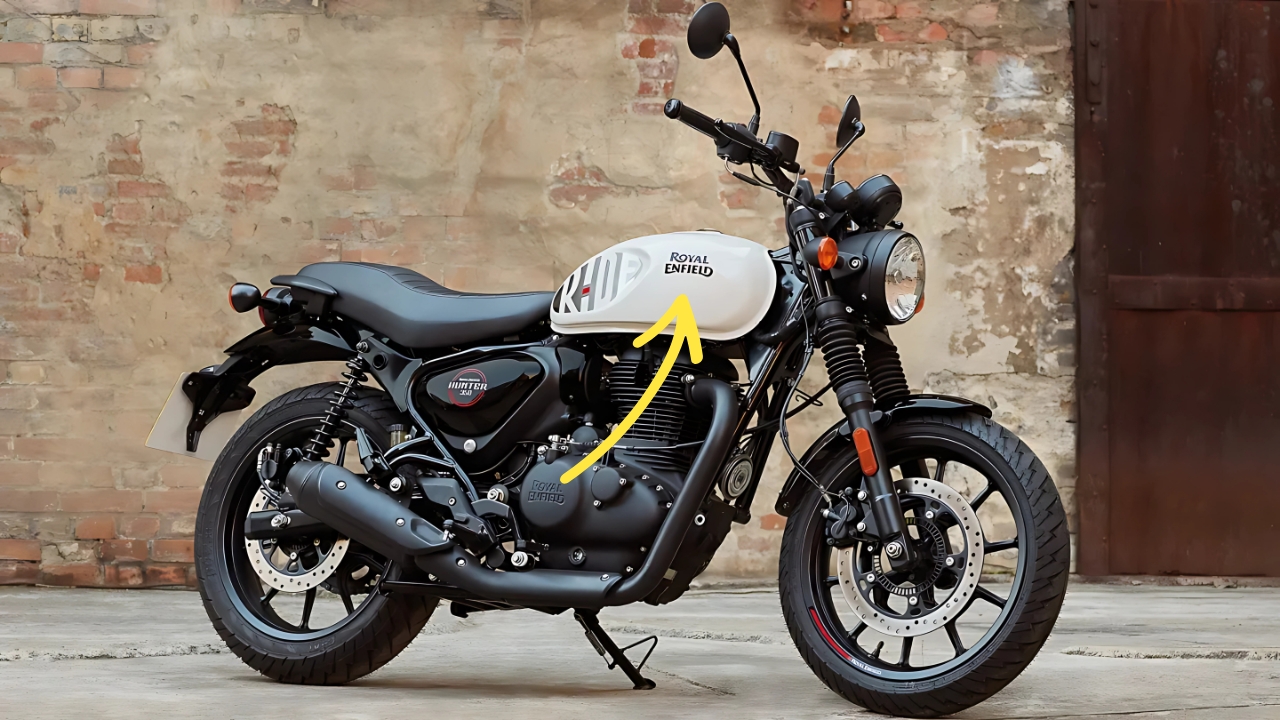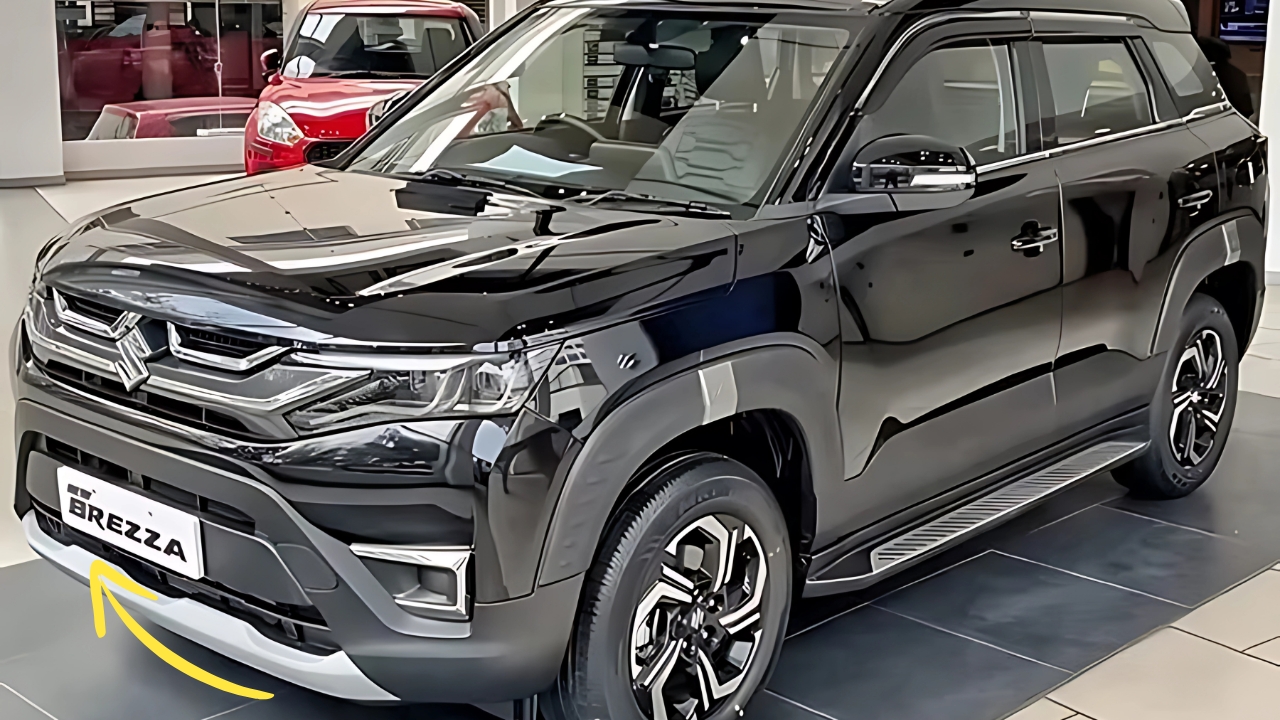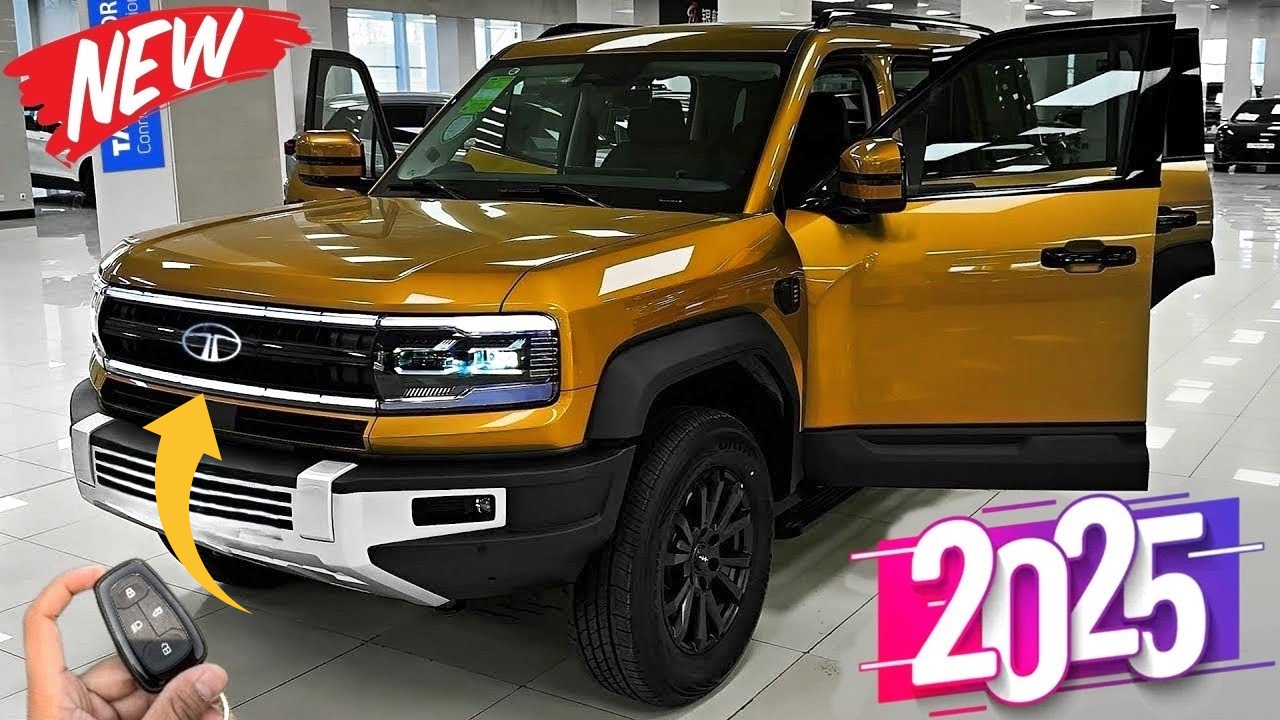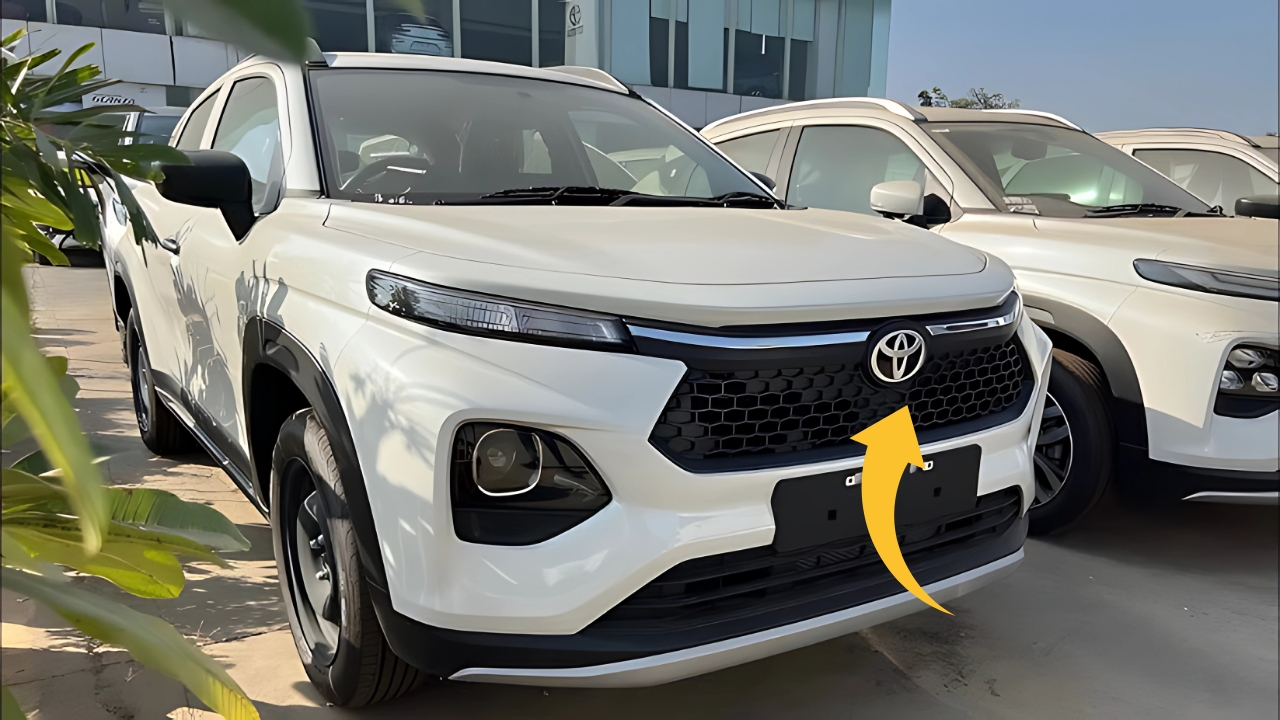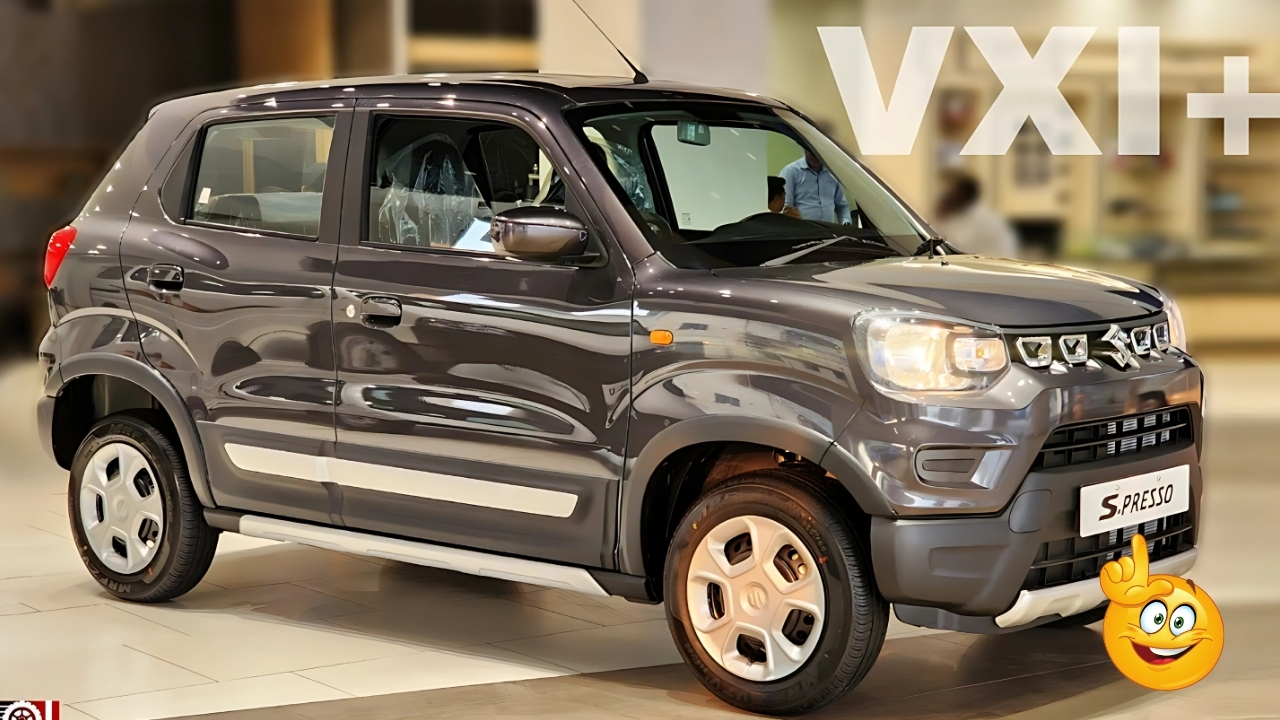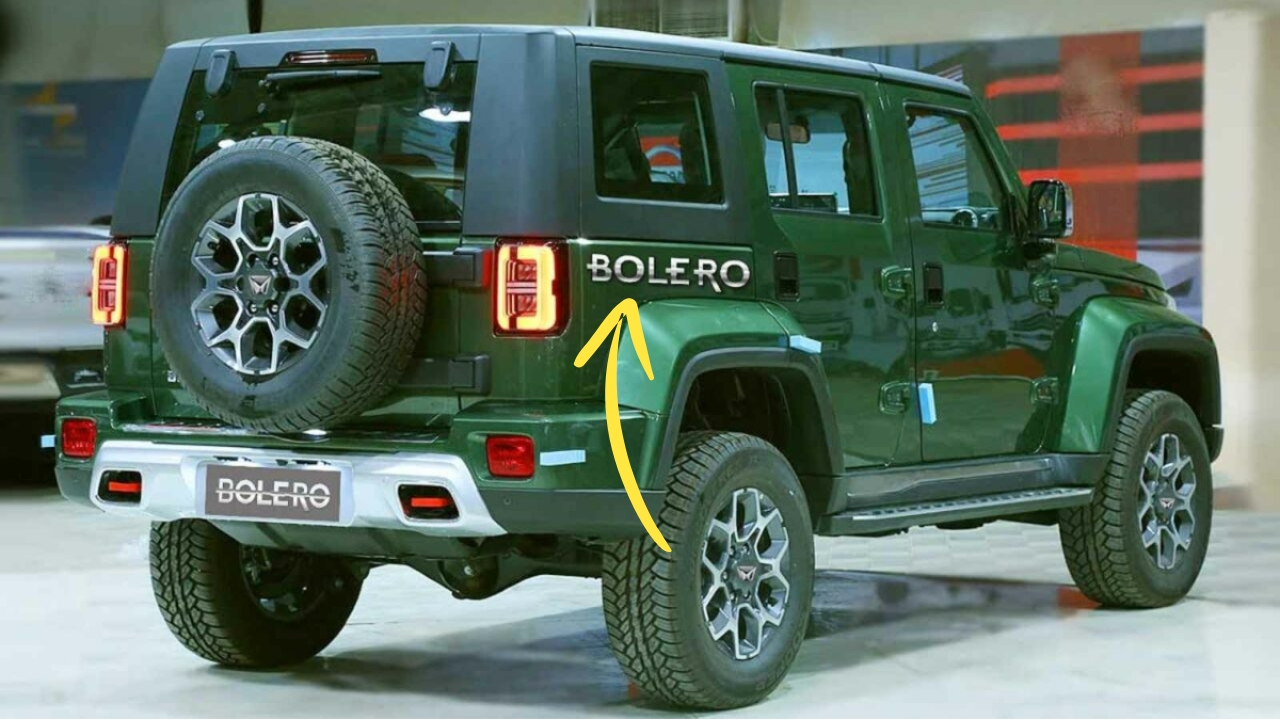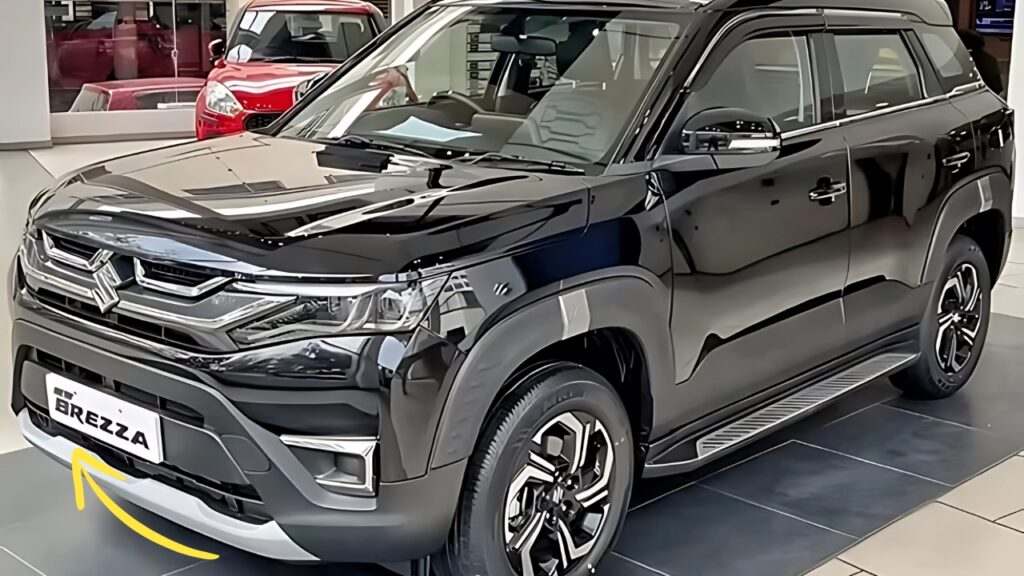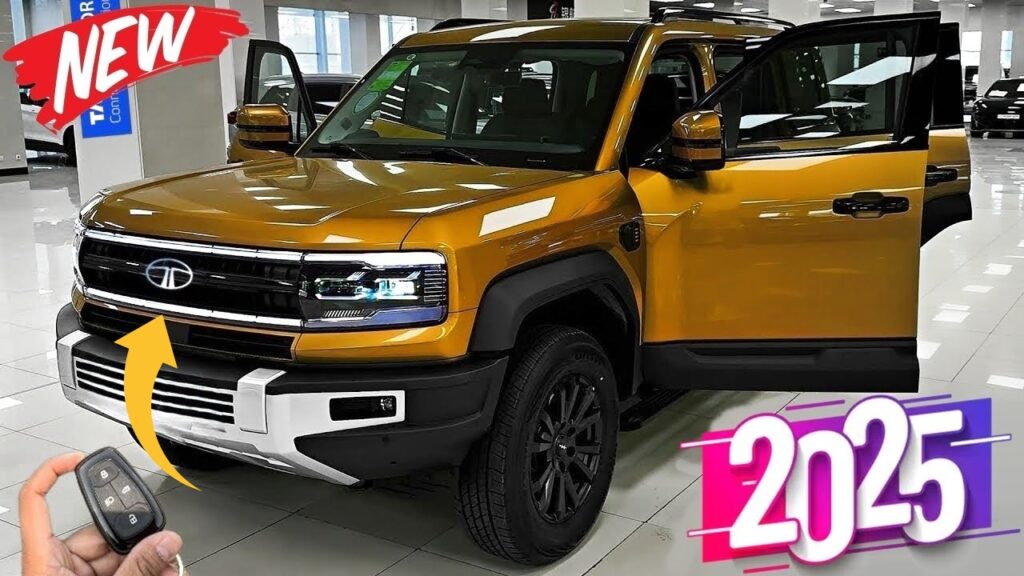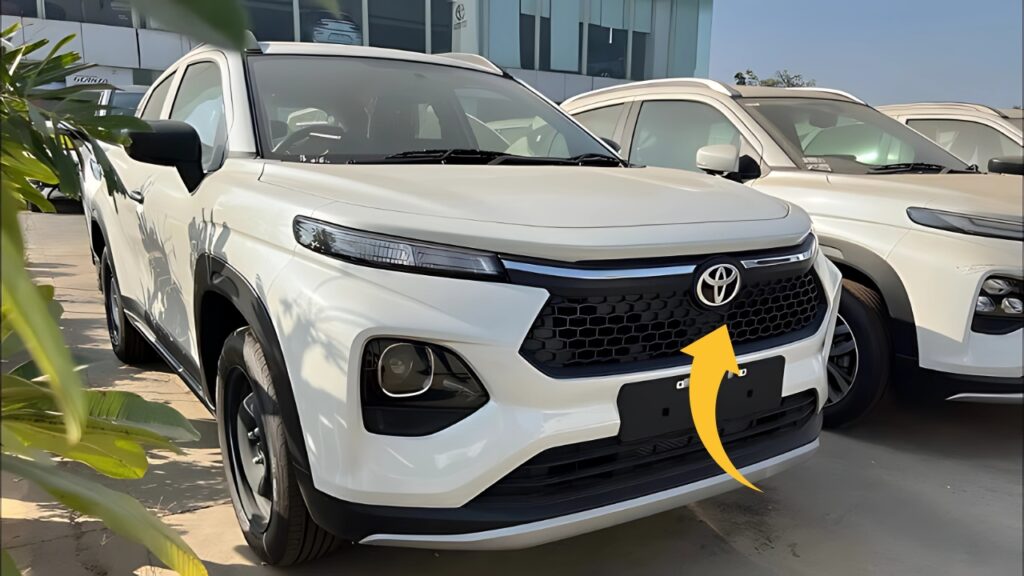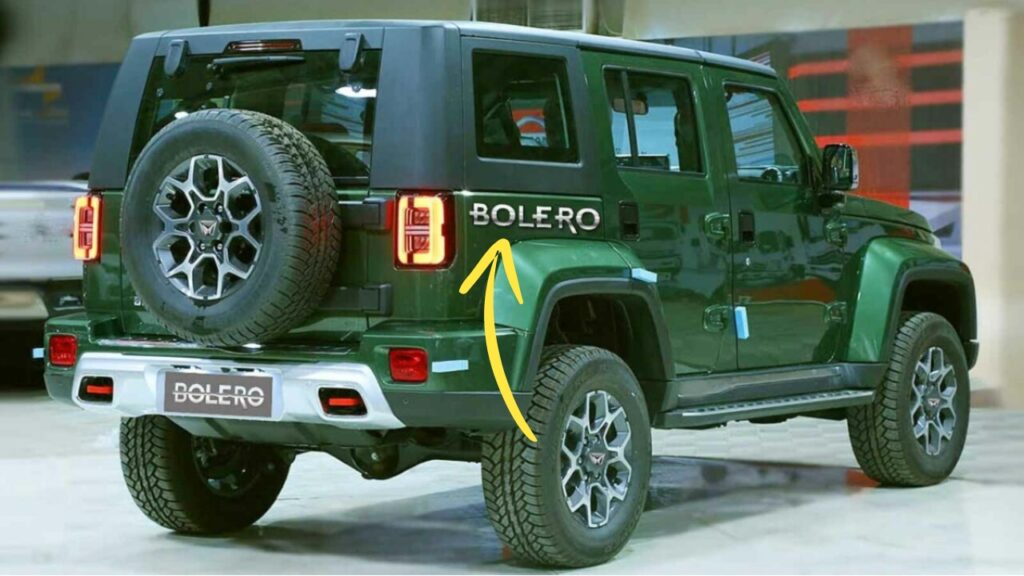Royal Enfield Hunter 350: In the ever-evolving motorcycle landscape, few brands carry the historical weight and cultural significance of Royal Enfield.
For over a century, this storied manufacturer has cultivated a distinctive identity built around timeless design, accessible performance, and mechanical simplicity.
The Hunter 350, introduced as the newest member of Royal Enfield’s 350cc lineup, represents an intriguing evolution of this philosophy—maintaining core brand values while embracing more contemporary riding dynamics.
This comprehensive review explores whether this nimble roadster successfully bridges the gap between Royal Enfield’s heritage appeal and the demands of modern urban motorcycling.
Royal Enfield Hunter 350: The Evolution of Royal Enfield’s Modern Classics
Before diving into the Hunter’s specifics, it’s worth reflecting on Royal Enfield’s recent trajectory.
For decades, the company’s offerings remained virtually unchanged, appealing primarily to traditionalists who valued simplicity and reliability over modern features or performance.
The launch of the 650 Twin platform in 2018 signaled a new direction, demonstrating that Royal Enfield could create thoroughly modern motorcycles without abandoning its classic design language.
The J-platform that underpins the Meteor, Classic, and now the Hunter 350 represents a similar leap forward for the company’s single-cylinder models.
These motorcycles maintain the accessible character and distinctive thump that devotees cherish while addressing longstanding criticisms around refinement, handling, and features. The Hunter 350, as the sportiest interpretation of this platform, pushes this evolution further still.
What makes the Hunter particularly significant is how it repositions Royal Enfield within the broader motorcycle market.
No longer content to occupy a nostalgic niche, the brand is actively competing for urban riders who might otherwise consider Japanese or European options.
The Hunter 350 embodies this ambition, aiming to deliver the emotional appeal of a Royal Enfield in a package that doesn’t demand the compromises traditionally associated with the brand.
Design Philosophy: Contemporary Classicism
The Hunter’s design strikes a carefully considered balance between heritage elements and modern aesthetics.
The silhouette remains quintessentially Royal Enfield, with a teardrop tank, round headlight, and minimalist tail section creating a timeless roadster profile.
However, the proportions have been tightened and the details modernized to create a more dynamic visual impression.
The fuel tank, smaller than those found on other Royal Enfield models, features distinctive knee recesses that enhance both aesthetics and rider ergonomics. The side panels have been minimized, exposing more of the mechanical components and creating a leaner, more athletic appearance.
The stubby exhaust, circular taillight, and fork gaiters all reference classic design elements while integrating seamlessly into the contemporary overall package.
Available in two distinct variants—Retro and Metro—the Hunter offers visual options to suit different tastes.
The Retro models feature simpler wire-spoke wheels and more subdued color schemes, while the Metro variants sport alloy wheels, tubeless tires, and bolder graphics including striking dual-tone options.
This visual versatility allows the Hunter to appeal to both traditionalists and riders seeking a more modern aesthetic.
The fit and finish quality deserves particular mention, representing a significant step forward from Royal Enfields of previous generations. Panel gaps are consistent, paint depth is impressive, and details like the machined cooling fins on the engine cases demonstrate attention to visual refinement.
Some cost-conscious elements remain—notably the basic switchgear and instrument cluster mounting—but the overall impression is of a thoughtfully crafted motorcycle that punches above its price point in terms of design execution.
Engine Character: The Refined Thump
At the heart of the Hunter 350 lies the same 349cc air-cooled single-cylinder engine found in the Meteor and Classic models.
This J-series power plant produces a modest 20.2 horsepower at 6,100 rpm and 19.9 lb-ft of torque at 4,000 rpm—figures that place it among the least powerful in its displacement class but entirely in keeping with Royal Enfield’s focus on accessible performance and character over outright specifications.
What sets this engine apart from its predecessors is its significantly improved refinement. The counterbalancer effectively tames the excessive vibration that plagued older Royal Enfield singles without eliminating the distinctive character that enthusiasts cherish.
The result is a power plant that retains a pleasant pulse at cruising speeds while avoiding the numbing vibration that made longer journeys fatiguing on earlier models.
The five-speed transmission deserves praise for its precise action, with a positive mechanical feel to each shift and none of the vagueness or false neutrals that sometimes affected older Royal Enfield gearboxes.
The clutch pull is light enough for comfortable urban use, with progressive engagement that makes smooth starts easy even for less experienced riders.
Performance is entirely adequate for the Hunter’s intended purpose. Acceleration is unhurried but sufficient for urban traffic, with the engine pulling cleanly from about 2,500 rpm to just beyond 6,000 rpm before running out of breath.
The torque-focused delivery means frequent gear changes aren’t necessary in city riding, allowing for a relaxed operating style that suits the motorcycle’s character.
The exhaust note strikes an excellent balance between character and restraint.
The familiar Royal Enfield thump remains present but has been civilized compared to earlier generations, providing enough acoustic personality to satisfy enthusiasts without becoming tiresome on longer rides or attracting unwanted attention in residential areas.
Fuel efficiency represents another strong point, with the Hunter consistently returning 70-80 mpg in mixed riding conditions.
The 13-liter fuel tank provides a practical range of approximately 200-250 miles, making occasional longer journeys entirely feasible despite the motorcycle’s urban focus.
Technical Specifications
| Feature | Specification |
|---|---|
| Engine Type | 349cc, Single Cylinder, 4-stroke, Air-oil cooled |
| Maximum Power | 20.2 bhp @ 6,100 rpm |
| Maximum Torque | 27 Nm @ 4,000 rpm |
| Gearbox | 5-speed constant mesh |
| Front Suspension | Telescopic, 41mm forks, 130mm travel |
| Rear Suspension | Twin tube emulsion shock absorbers with 6-step adjustable preload |
| Front Brake | 300mm disc with twin-piston floating caliper |
| Rear Brake | 270mm disc with single-piston floating caliper |
| ABS | Dual-channel ABS |
| Front Tire | 110/70 – 17″ |
| Rear Tire | 140/70 – 17″ |
| Fuel Capacity | 13 liters |
| Seat Height | 800mm |
| Ground Clearance | 150.5mm |
| Kerb Weight | 180 kg (approximately) |
| Fuel Efficiency | 30-35 km/l (claimed) |
Chassis and Handling: Surprising Agility
The most significant departure from Royal Enfield tradition comes in the Hunter’s handling characteristics.
While the basic architecture—tubular steel cradle frame, telescopic forks, and twin rear shocks—remains conventional, the geometry and tuning have been thoroughly revised to deliver a more agile and engaging riding experience.
The 17-inch wheels (compared to the 19/18-inch combination found on the Classic) significantly reduce inertia, allowing for quicker direction changes.
The steeper steering geometry—53mm less trail and a 25-degree rake compared to the Classic’s 26.3 degrees—creates noticeably lighter steering, perfect for navigating urban environments. The compact 1,370mm wheelbase further enhances maneuverability without introducing instability at higher speeds.
Suspension componentry is basic but effective, with 41mm telescopic forks offering 130mm of travel up front and twin shock absorbers providing 102mm of travel at the rear.
The tuning strikes a good balance between compliance and control, absorbing urban road imperfections without excessive dive during braking or wallowing in faster corners.
Preload adjustment on the rear shocks allows for some personalization based on rider weight and preferences.
The riding position deserves special mention for its versatility. The relatively low 800mm seat height provides accessible footing for riders of various statures, while the modestly rear-set footpegs and wide handlebars create a neutral, slightly forward-leaning posture that works equally well for urban jaunts and backroad exploration.
The narrow waist allows for easy stand-over and enhances confidence during low-speed maneuvers.
Braking duties are handled by a 300mm disc with twin-piston floating caliper up front and a 270mm disc with single-piston caliper at the rear, both equipped with dual-channel ABS on Metro variants (Retro models make do with a rear drum brake and single-channel ABS).
Stopping power is adequate rather than impressive, with good initial bite but requiring a firm squeeze for emergency stops.
The ABS calibration deserves praise for its unobtrusive operation, intervening only when genuinely needed without the premature activation that plagues some budget systems.
The Metro variant’s tubeless tires represent a meaningful practical advantage, significantly reducing the inconvenience of punctures—an important consideration for a motorcycle likely to spend much of its life navigating debris-strewn urban streets.
Real-World Riding: Daily Dynamics
Specifications tell only part of the story; the Hunter’s true character emerges in daily use across various riding scenarios.
In urban environments, the motorcycle shines brightest, with its light steering, narrow profile, and tractable power delivery making it an ideal companion for navigating congested streets.
The upright riding position provides excellent visibility in traffic, while the responsive throttle and light clutch reduce fatigue during stop-and-go riding.
On open roads, the Hunter reveals both strengths and limitations. The engine’s modest output means maintaining highway speeds requires running at higher rpm, where some vibration inevitably creeps in despite the counterbalancer’s best efforts.
Wind protection is nonexistent, as expected for a naked roadster, making sustained speeds above 65-70 mph something of an endurance test.
Within these constraints, however, the motorcycle maintains composure, tracking straight and feeling planted even when encountering crosswinds or passing trucks.
Where the Hunter surprises most is on twisting backroads, where its nimble handling and predictable throttle response encourage a more spirited riding style than typically associated with Royal Enfield products.
The limited ground clearance does impose some constraints on lean angle, but within these boundaries, the motorcycle delivers genuine engagement, responding willingly to rider inputs and maintaining its composure over mid-corner bumps.
Passenger accommodation is adequate for short journeys but not a primary strength. The stepped seat provides a secure perch, but limited space and basic rear suspension mean that carrying a passenger remains an occasional proposition rather than a regular use case.
This limitation feels entirely appropriate for a motorcycle whose primary focus is clearly the solo rider’s experience.
Competitive Landscape: The Modern Retro Segment
To provide context for the Hunter 350’s positioning, here’s how it compares to key competitors in the modern retro segment
This comparison reveals the Hunter’s competitive positioning, offering Royal Enfield’s heritage appeal and strong dealer network at a price point that undercuts the Honda while offering comparable specifications.
The Jawa provides more power but has been plagued by availability and reliability concerns, while the TVS Ronin offers more modern features but lacks the heritage appeal that draws many buyers to this segment.
Key Points for Potential Buyers:
Urban Agility: The Hunter’s lighter weight, 17-inch wheels, and revised geometry make it the most nimble Royal Enfield currently available.
Refined Character: The counterbalanced engine retains traditional Royal Enfield character while eliminating excessive vibration.
Visual Versatility: Two distinct variants and multiple color options allow personalization to suit different aesthetic preferences.
Value Proposition: Competitive pricing, particularly for the base Retro variant, offers accessible entry into the Royal Enfield ownership experience.
Dealer Network: Extensive sales and service coverage provides ownership peace of mind, particularly important for newer riders.
Aftermarket Support: Growing range of accessories and customization options allows personalization as budget permits.
Approachable Performance: Modest power output and linear delivery create an unintimidating experience ideal for newer or returning riders.
Everyday Practicality: Good fuel efficiency, comfortable ergonomics, and manageable dimensions suit regular commuting duties.
The Ownership Experience: Beyond the Ride
Ownership considerations extend beyond the motorcycle itself to encompass the broader experience of living with a Royal Enfield product.
The company’s significantly expanded dealer network provides reassuring coverage across major cities and many smaller towns, minimizing concerns about service availability that might have deterred potential customers in earlier years.
Scheduled maintenance intervals are set at every 5,000 kilometers or 6 months, whichever comes first—a standard cadence for the segment that balances maintenance costs with mechanical longevity.
The relatively simple air-cooled engine design keeps routine service costs reasonable and makes basic maintenance accessible to mechanically inclined owners.
The warranty coverage of 3 years/30,000 kilometers demonstrates Royal Enfield’s increased confidence in their product quality, comparing favorably with competitors and providing reassurance to buyers who may harbor concerns based on the company’s historical reputation.
The Royal Enfield community represents another significant ownership advantage, with active rider groups and regular events fostering a sense of belonging that few motorcycle brands can match.
For many owners, this social dimension adds considerable value to the ownership experience, transforming what might otherwise be a solitary pursuit into a shared passion.
Resale value has traditionally been a Royal Enfield strength, with models typically retaining value better than comparable Japanese alternatives.
While the Hunter is too new to have established definitive resale patterns, the brand’s track record suggests it should maintain its value well, reducing the effective cost of ownership over time.
Royal Enfield Hunter 350: The Accessible Evolution
The Royal Enfield Hunter 350 represents a thoughtful evolution of the brand’s formula, maintaining the core values that have driven its remarkable resurgence while addressing the practical limitations that previously restricted its appeal.
The result is perhaps the most accessible and versatile Royal Enfield to date—a motorcycle that honors tradition without being constrained by it.
What makes the Hunter particularly successful is how it broadens Royal Enfield’s appeal without diluting its identity.
The distinctive visual presence, characteristic engine note, and relaxed performance delivery remain intact, but they’re now complemented by handling agility and refinement levels that compare favorably with mainstream competitors.
This combination creates a unique proposition in the market—a motorcycle with authentic heritage character that doesn’t demand the compromises traditionally associated with “character” bikes.
For urban riders seeking a motorcycle with soul and individuality but unwilling to sacrifice everyday practicality, the Hunter 350 makes a compelling case.
It demonstrates that Royal Enfield’s evolution continues apace, with each new model narrowing the gap between heritage appeal and contemporary expectations.
In doing so, it suggests a promising future direction for one of motorcycling’s most storied brands—honoring the past while embracing the demands of modern riders.
